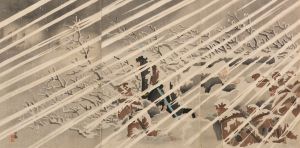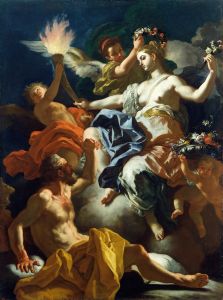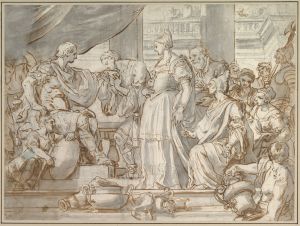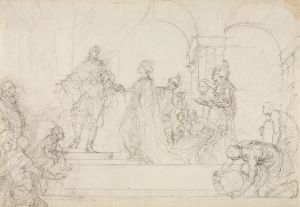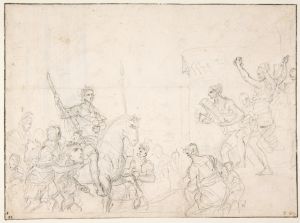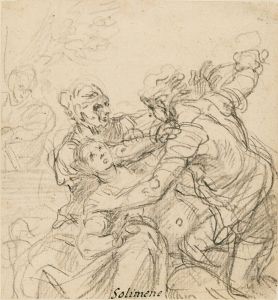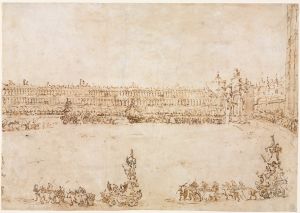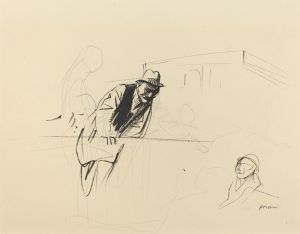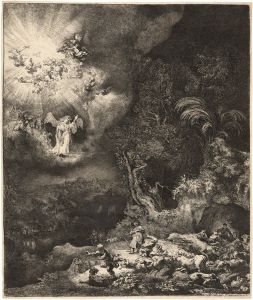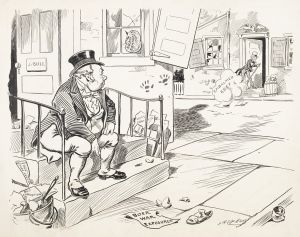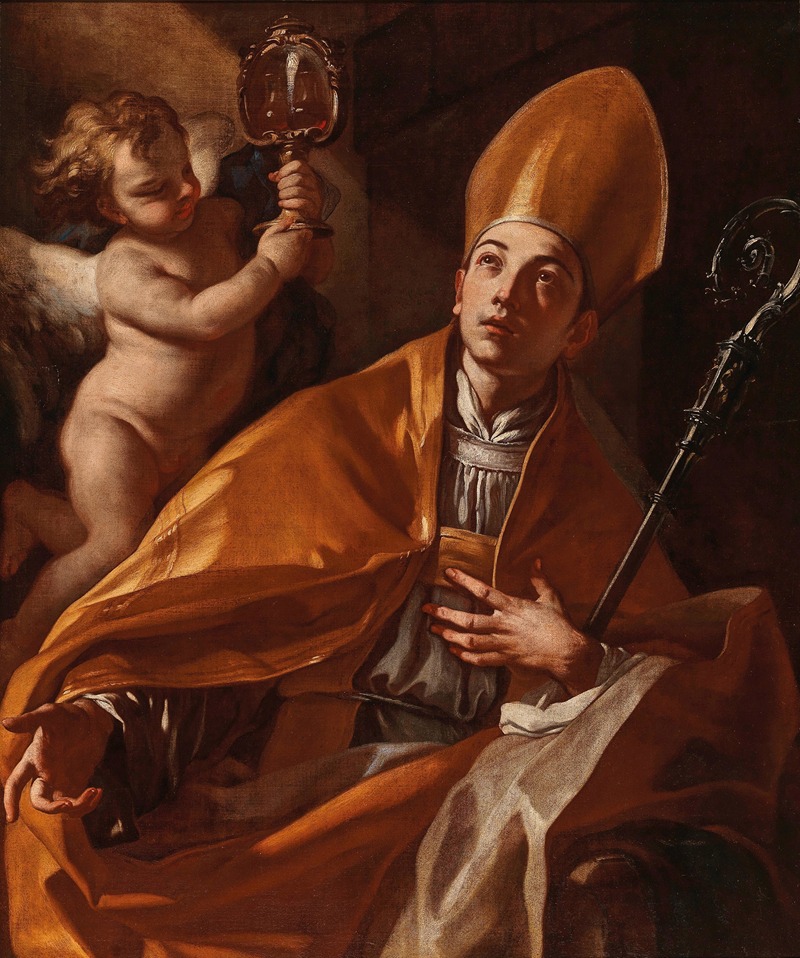
The Miracle of San Gennaro
A hand-painted replica of Francesco Solimena’s masterpiece The Miracle of San Gennaro, meticulously crafted by professional artists to capture the true essence of the original. Each piece is created with museum-quality canvas and rare mineral pigments, carefully painted by experienced artists with delicate brushstrokes and rich, layered colors to perfectly recreate the texture of the original artwork. Unlike machine-printed reproductions, this hand-painted version brings the painting to life, infused with the artist’s emotions and skill in every stroke. Whether for personal collection or home decoration, it instantly elevates the artistic atmosphere of any space.
"The Miracle of San Gennaro" is a renowned painting by the Italian Baroque artist Francesco Solimena. Created in the early 18th century, this work is a significant example of Solimena's mastery in combining dramatic intensity with intricate detail, hallmarks of the Baroque style. The painting depicts the miraculous liquefaction of the blood of Saint Januarius (San Gennaro), a revered patron saint of Naples.
Saint Januarius was a bishop of Benevento who was martyred during the Diocletianic Persecution in 305 AD. According to tradition, his blood was collected by a devout woman and preserved in a vial. The miracle, which is believed to occur three times a year, involves the dried blood liquefying, a phenomenon that has been documented since at least the 14th century. This event is celebrated with great fervor in Naples, and it is considered a sign of protection and blessing for the city.
Francesco Solimena, born in 1657 in Canale di Serino, near Avellino, was one of the leading painters of his time. He was heavily influenced by the works of Luca Giordano and Mattia Preti, and he became known for his grandiose compositions and dynamic use of light and shadow. Solimena's works often featured religious and historical themes, rendered with a dramatic flair that captured the viewer's attention.
In "The Miracle of San Gennaro," Solimena captures the moment of the miracle with a sense of awe and reverence. The composition is marked by its dramatic use of light, which illuminates the central figures and highlights the miraculous event. The saint is depicted in a state of divine ecstasy, his gaze directed heavenward, while the surrounding figures, including clergy and laypeople, react with expressions of wonder and devotion. The architectural elements and rich drapery add to the painting's grandeur, creating a sense of depth and movement.
The painting is also notable for its vibrant color palette and meticulous attention to detail. Solimena's skillful use of chiaroscuro enhances the three-dimensionality of the figures, making the scene come alive. The artist's ability to convey emotion through facial expressions and body language is evident, as each figure in the painting contributes to the overall narrative of the miraculous event.
"The Miracle of San Gennaro" is housed in the Museo di Capodimonte in Naples, where it remains a testament to Solimena's artistic prowess and the enduring significance of Saint Januarius in Neapolitan culture. The painting not only reflects the religious fervor of the time but also serves as an important cultural artifact, illustrating the deep connection between art and faith in the Baroque period.
Francesco Solimena continued to be an influential figure in the art world until his death in 1747. His works, including "The Miracle of San Gennaro," continue to be studied and admired for their technical brilliance and emotional depth, offering insight into the rich artistic heritage of Baroque Italy.





